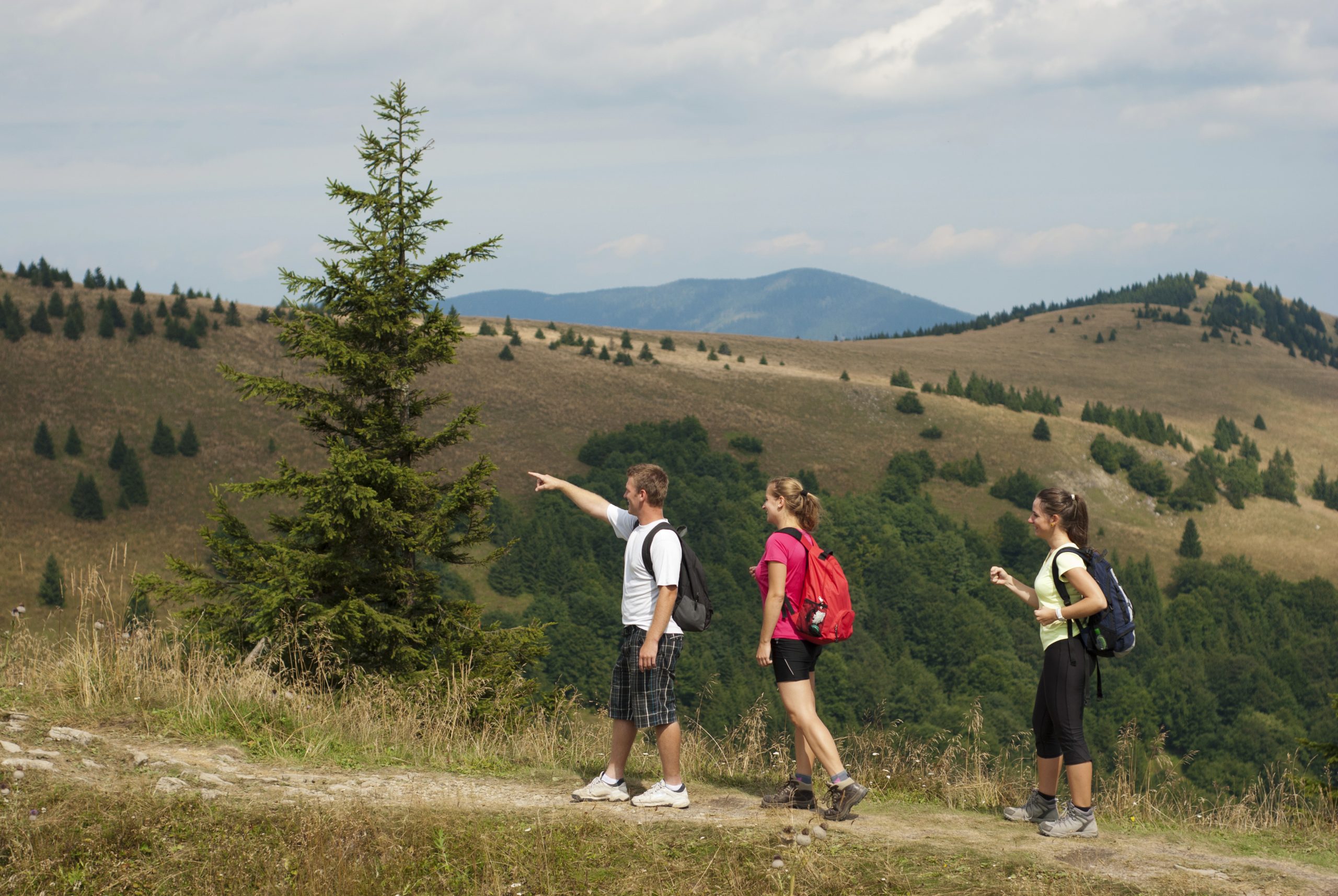Introduction to Wilderness Survival
Wilderness survival is a critical skill that can save your life when you find yourself lost or stranded in an isolated area. Whether it’s a forest, jungle, desert, or mountain, knowing how to stay alive is essential. In this blog post, we will cover some tips and tricks for surviving in different types of wilderness environments.
Forests and Jungles: Tips for Surviving in the Woods
When it comes to forests and jungles, there are several things you need to know to increase your chances of survival. Firstly, try to stay calm and don’t panic. Take a few deep breaths and assess your situation. Secondly, find shelter as soon as possible. You can use natural materials like leaves, branches, and vines to create a makeshift shelter. Thirdly, start a fire if possible. This will help keep you warm and also signal rescuers. Fourthly, find water sources nearby such as streams or rivers. Drinking contaminated water can make you sick, so be sure to purify it before drinking. Finally, remember to pack lightweight snacks and high-energy foods like nuts and dried fruits. These will give you the energy you need to keep going.

Deserts: Staying Alive in Harsh Conditions
If you ever find yourself lost or stranded in a desert, there are specific steps you should take to survive. Firstly, stay put and wait for rescue. Moving around too much will deplete your energy levels quickly. Secondly, conserve your body fluids by not sweating excessively. Cover up exposed skin with clothing or shade. Thirdly, find a source of water as soon as possible. Even if it’s just a small amount, it can mean the difference between life and death. Fourthly, eat whatever edible plants or insects you can find. They may not be appetizing, but they could provide the nutrients you need to survive. Lastly, avoid walking during the hottest parts of the day. Instead, rest and replenish your energy stores until the temperature cools down.
Mountains: Navigating Difficult Terrain

Mountainous terrain presents unique challenges for wilderness survival. The first thing you need to do is stay calm and assess your situation. Next, find shelter from the elements like wind or rain. Building a rock wall or using tree branches can help protect you from harsh weather conditions. Thirdly, locate a water source nearby. Melt snow or ice if necessary to obtain fresh water. Fourthly, look for edible plants and animals in the surrounding area. Berries, roots, and small game can provide vital nutrition. Lastly, consider making a signal fire to alert potential rescuers of your location. Remember to always wear appropriate footwear and clothing to navigate rough terrain safely.
Essential Gear for Wilderness Survival
There are certain items that every outdoor enthusiast should carry with them when venturing into the wilderness. Firstly, a reliable knife or multi-tool can come in handy for cutting wood, building shelter, and preparing food. Secondly, a durable backpack to store all your gear and supplies. Thirdly, a quality tent or tarp to shield you from inclement weather. Fourthly, a portable stove or campfire kit to cook meals and boil water. Fifthly, a map and compass to help you navigate unfamiliar territory. Sixthly, a whistle to signal for help or call attention to your whereabouts. And lastly, a first aid kit to treat minor injuries and illnesses.
Conclusion: Final Thoughts on Wilderness Survival
Whether you’re planning a weekend camping trip or embarking on a long-distance hike, being prepared for any scenario is crucial. By following these tips and tricks, you can improve your chances of survival in various wilderness environments. Always remember to stay calm, think logically, and use common sense. With the right mindset and equipment, you can overcome even the most daunting obstacles and emerge victorious.